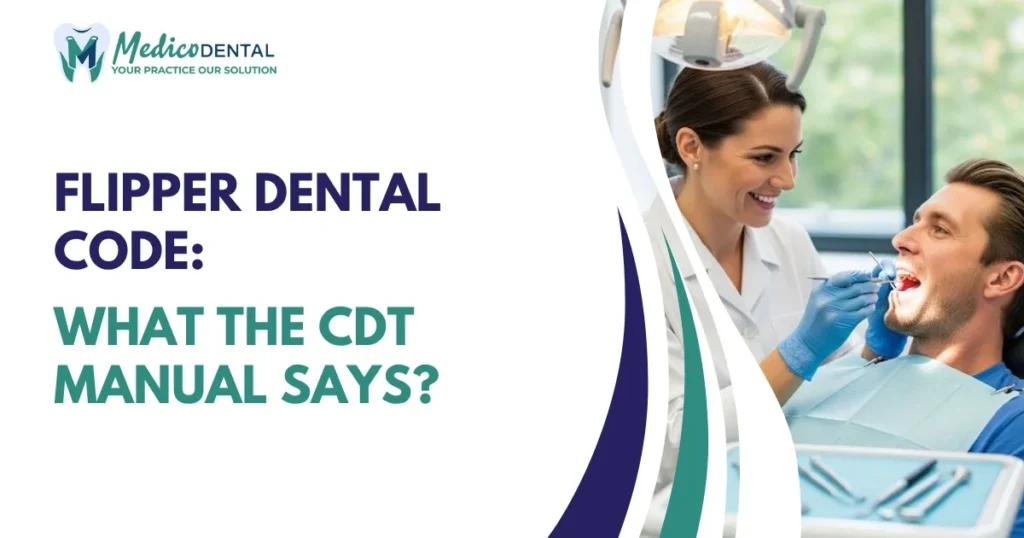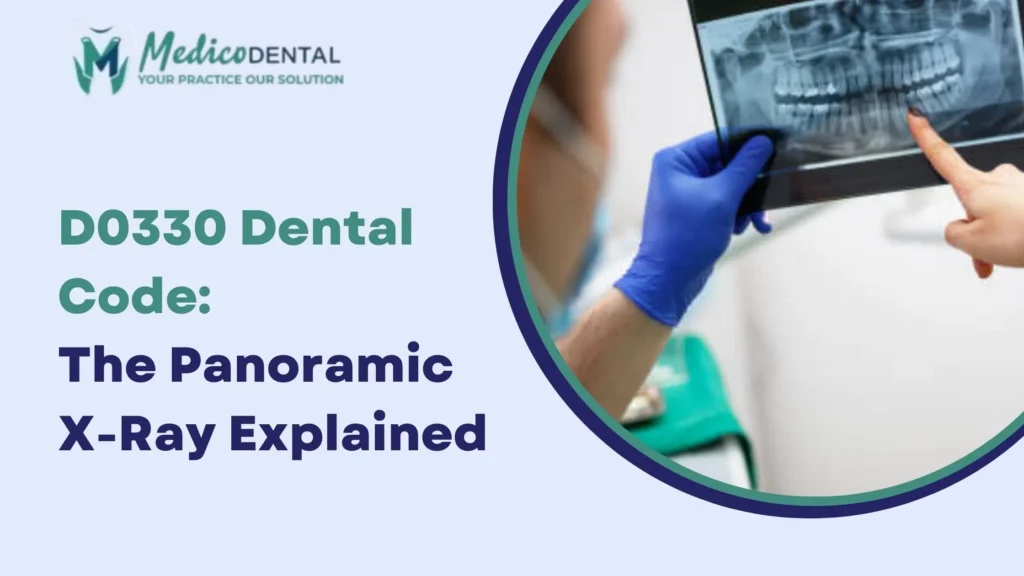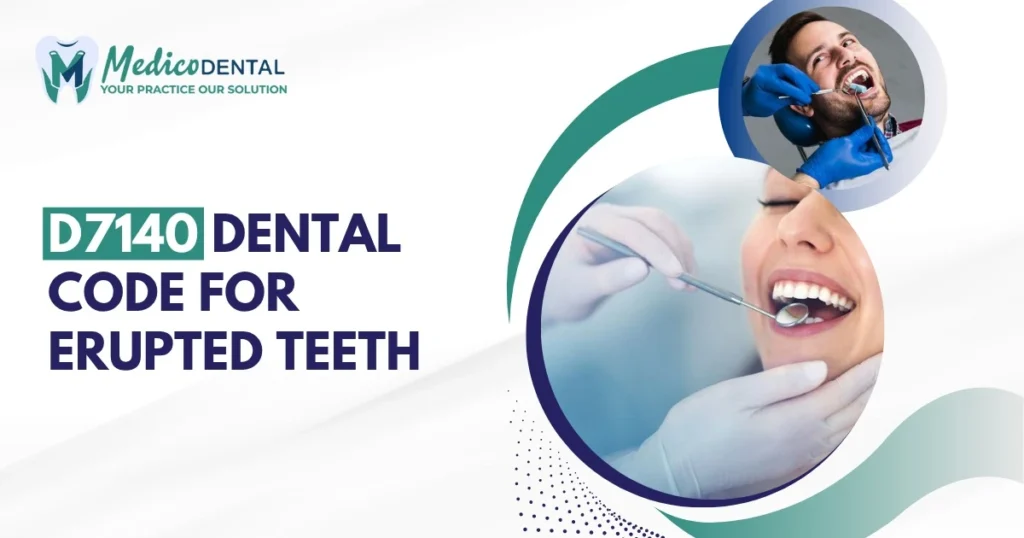In the field of restorative dentistry, understanding the correct flipper dental code is essential for both accurate billing and patient satisfaction. A flipper, also known as an interim partial denture, is a temporary solution for patients who have lost one or more teeth. While it plays a short term role in restoring smiles and confidence, getting the right code ensures smooth claim processing, insurance compliance, and proper documentation. This guide explains what a flipper is, its dental coding, and how it should be used in billing scenarios.
What Is a Flipper in Dentistry?
Definition and Purpose of a Flipper
A flipper is a lightweight, removable partial denture designed to replace missing teeth temporarily. Made primarily of acrylic, it includes replacement teeth attached to a pink base that mimics natural gums. Dentists often recommend a flipper when a patient needs a quick, affordable replacement before a permanent restoration, such as an implant or fixed bridge, can be placed.
The main purpose of a flipper is to restore aesthetics and functionality during a healing or waiting period. It allows patients to eat, speak, and smile with confidence while maintaining proper tooth alignment and preventing adjacent teeth from shifting.
How a Flipper Differs from Permanent Dentures
Although flippers and permanent dentures serve similar purposes, they differ significantly in construction and longevity. A flipper is temporary designed for short term use, often a few weeks to months whereas a permanent denture is made for long term wear and uses more durable materials.
Flippers are typically made of acrylic resin, making them lightweight and easy to adjust, but less durable than metal based permanent dentures. Permanent dentures, on the other hand, are sturdier, more precise, and customized for long lasting comfort.
Because flippers are meant for interim use, they must be billed under interim denture codes (D5820 and D5821), not under permanent denture codes. This distinction is crucial for insurance approval and accurate claim payment.
The Importance of Knowing the Flipper Dental Code
Why Accurate Coding Matters in Dental Billing
Accurate coding is one of the most critical aspects of dental billing. When a practice uses the correct flipper dental code, it ensures the claim reflects exactly what service was provided. Proper coding helps avoid denials, supports faster insurance reimbursements, and maintains compliance with ADA standards.
For dentists and billing staff, precise coding is not just about payment it’s also about professional integrity and clear communication with insurers. It demonstrates that the treatment was necessary, performed correctly, and coded in alignment with the patient’s care plan.
Incorrect codes or vague documentation can delay payments and even lead to audits, which can impact the practice’s cash flow and reputation.
Common Coding Errors and Their Impact on Reimbursement
Many dental billing challenges arise when a flipper is mistaken for a permanent partial denture. This misstep can lead to rejected or underpaid claims because insurers process it as a long term appliance rather than a temporary one.
Other common errors include:
- Using the wrong ADA code outside the interim denture range.
- Failing to note that the denture is temporary or interim in the treatment notes.
- Missing clinical justification, such as the reason for tooth loss or ongoing treatment plans (like implants).
Each of these mistakes can lead to claim denials, unnecessary re submissions, and delayed reimbursements. Ensuring every flipper case is coded as D5820 (maxillary) or D5821 (mandibular) helps maintain billing efficiency and insurance compliance.
ADA Flipper Dental Code Breakdown
The American Dental Association (ADA) defines codes for all dental procedures through the Current Dental Terminology (CDT) system. Flippers fall under the D5800–D5899 range, which includes removable partial dentures. These specific codes clarify that flippers are interim appliances intended for temporary use.
D5820 Interim Partial Denture, Maxillary (Upper Arch)
D5820 refers to an interim partial denture for the maxillary (upper) arch. This code applies when a dentist fabricates a temporary flipper to replace missing upper teeth. The appliance helps maintain spacing, improve aesthetics, and support normal speech while the patient awaits a final restoration.
It is often used for:
- Patients recovering from extractions.
- Temporary coverage during implant healing.
- Aesthetic restoration for anterior (front) tooth loss.
Because it is considered an interim prosthetic, it’s not billed the same way as a definitive denture. Insurers typically require documentation proving it is a temporary replacement.
D5821 Interim Partial Denture, Mandibular (Lower Arch)
D5821 applies to an interim partial denture for the mandibular (lower) arch. Like D5820, this code identifies the flipper as a short term solution, but for lower teeth. The purpose is the same to provide cosmetic and functional support until the patient receives a permanent restoration.
When billing under D5821, dental professionals should ensure the clinical notes specify the appliance’s temporary nature. Including information about planned future treatment (such as implants or bridges) further strengthens the claim’s legitimacy.
Where the Flipper Code Fits in ADA’s D5800 to D5899 Range
The D5800 to D5899 section of ADA coding covers removable partial dentures including interim, immediate, and final prosthetic appliances. Within this range, D5820 and D5821 specifically identify interim partial dentures, which distinguishes them from permanent dentures coded as D5211 to D5214.
Recognizing this classification helps both dental teams and insurance reviewers understand the intent of the appliance. Properly assigning the code ensures that a flipper is reimbursed appropriately and that documentation aligns with ADA coding standards.
Clinical and Billing Scenarios for Using Flipper Dental Codes
When to Use the Code in Treatment Planning
Flipper dental codes are used in treatment plans where temporary tooth replacement is necessary before a permanent solution can be provided. Common clinical scenarios include:
- Tooth extractions where healing must occur before final prosthetics.
- Implant placements that require healing time before crowns are attached.
- Cosmetic cases where immediate replacement is needed for visible teeth.
- Patients seeking an affordable short term option before investing in permanent dentures or bridges.
In all cases, dentists should specify that the denture is interim to justify the use of D5820 or D5821. This clarity supports both patient understanding and insurance approval.
Documentation Tips for Insurance Claims
Accurate documentation is essential for successful insurance claims involving flipper dental codes. Every detail helps justify the procedure and speeds up payment.
Key documentation practices include:
- Clearly labeling the appliance as an “interim partial denture.”
- Providing clinical notes about why a temporary replacement was necessary.
- Attaching supporting documents like X rays or treatment plans showing future restorations.
- Double checking the correct ADA code D5820 for upper arch and D5821 for lower arch.
Strong documentation not only minimizes denials but also demonstrates professionalism and compliance during audits or insurance reviews.
In summary, understanding and applying the correct flipper dental code D5820 for upper and D5821 for lower helps dental professionals streamline billing, reduce errors, and improve patient satisfaction. For patients, it ensures they receive fair insurance coverage for temporary dentures designed to restore their smile quickly and comfortably.
Insurance Coverage for Flippers
How Dental Insurance Handles D5820 and D5821 Codes
Insurance coverage for flippers can vary widely, as these interim partial dentures are generally considered temporary prosthetics. Many plans cover a portion of the cost, but coverage is often conditional, depending on clinical justification.
Insurance companies are more likely to approve claims for D5820 (maxillary) or D5821 (mandibular) when documentation clearly demonstrates the medical necessity of a temporary appliance. Common scenarios include tooth loss due to trauma, extractions, or during the healing phase of implants. To improve the likelihood of approval, dental offices should verify coverage in advance, submit pre authorizations when possible, and explicitly indicate that the appliance is temporary. Clear documentation ensures that patients receive the financial support they are entitled to and that practices avoid denials or delays in reimbursement.
Common Mistakes in Applying Flipper Dental Codes
Misidentifying Temporary vs Permanent Partial Dentures
A frequent error in dental billing occurs when flippers are confused with permanent partial dentures. Both replace missing teeth, but their intended duration and material composition are different. Flippers are temporary and coded as D5820 or D5821, while permanent partial dentures fall under other ADA codes like D5211 to D5214.
Confusing these codes can lead to claim denials, incorrect reimbursement, and potential confusion for the patient. It is essential for dental professionals to confirm the appliance’s intent before selecting a code, ensuring proper documentation aligns with the clinical situation.
Coding Denials and How to Avoid Them
Denials typically arise from incorrect coding, missing documentation, or unclear labeling. For example, if a claim does not specify that the denture is “interim,” insurers may assume it is permanent and reject the claim.
To prevent this, dental teams should include precise terminology in treatment notes, attach supporting documentation like X rays or procedural justifications, and double check ADA code selection. Collaborating with insurance representatives to clarify reasons for denials can also streamline resolution and reduce administrative delays.
The Role of Dental Billing Specialists in Proper Code Usage
How Professional Billing Services Improve Claim Accuracy
Dental billing specialists are trained to handle the nuances of flipper dental codes and other ADA classifications. They ensure claims are submitted with accurate codes and comprehensive documentation, minimizing errors that lead to denials. By having an expert manage coding, dental offices can see faster reimbursements, fewer rejected claims, and better overall financial management.
Billing specialists also keep up to date with ADA code updates and insurance policy changes, ensuring practices are always compliant and maximizing revenue.
Benefits of Outsourcing Dental Coding and Billing
Outsourcing dental coding and billing provides several advantages for practices, particularly for managing complex or high volume claims. Outsourced services reduce administrative burden, allowing dental staff to focus on patient care. They also improve cash flow by ensuring timely and accurate claim submissions, reduce the risk of errors, and maintain compliance with insurance requirements.
For flipper codes specifically, outsourcing ensures that every interim partial denture is correctly coded as D5820 or D5821, with proper justification, helping practices avoid lost revenue and billing disputes.
Conclusion
The flipper dental code D5820 for the upper arch and D5821 for the lower arch is essential for accurately billing interim partial dentures. Understanding these codes allows dental offices to submit claims correctly, maintain compliance, and ensure patients receive appropriate coverage for their temporary prosthetics.
Using the correct code also supports documentation clarity, improves insurance approval rates, and reinforces the professionalism of the dental practice.
FAQs
What is a flipper in dentistry?
Ans. A flipper is a temporary removable partial denture used to replace missing teeth until a permanent restoration is placed.
What are the ADA codes for a flipper?
Ans. The ADA codes are D5820 for the maxillary (upper) arch and D5821 for the mandibular (lower) arch.
How much does a dental flipper cost?
Ans. A dental flipper typically costs between $300 and $800, depending on materials, lab fees, and number of teeth replaced.
Does insurance cover flipper dentures?
Ans. Insurance may partially cover flippers if documented as medically necessary and labeled as temporary.
How does a flipper differ from a permanent denture?
Ans. Flippers are temporary and made of acrylic, while permanent dentures are stronger, long lasting, and custom fitted.
Why is accurate flipper dental coding important?
Ans. Correct coding ensures proper reimbursement, avoids denials, and maintains compliance with ADA standards.



